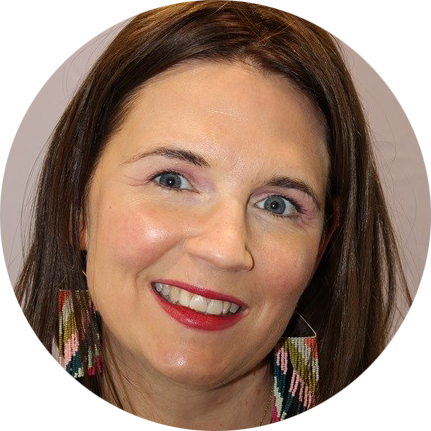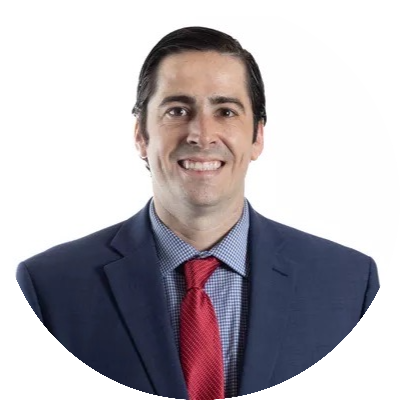Local Provider Partnership Program
Receive tailored clinical operations partner support for your hematology/oncology practice
Your hematology/oncology practice may see dozens of patients or just a few who are candidates for cell therapy like hematopoietic cell transplantation (HCT). Either way, efficient pathways to treatment and collaboration with the patient’s transplant center are keys to optimal outcomes.
A clinical operations partner from our Local Provider Partnership Program can help. A clinical operations partner based in your region works directly with your practice to:
- Understand your practice’s unique challenges and develop timely, simplified solutions
- Match your needs with the appropriate National Marrow Donor Program® (NMDP)/Be The Match® programs or support
- Identify opportunities to positively impact patient care
- Help you strengthen communication and collaboration with your transplant center network
Ultimately, your clinical operations partner is there to help you meet the unique needs of patients who need HCT or another cell therapy, remove barriers to cell therapy access and improve patient outcomes.
Connect with the clinical operations partner in your region.

‘A real game changer for many patients’
“I love partnering with our hematology/oncology practices to ease patient and physician concerns about barriers that make getting to a cell therapy consult challenging.
Knowing there is a team from the NMDP/Be The Match that is there to help streamline early HLA typing and provide support to overcome non-HLA barriers has been a real game changer for many patients and physicians.”
Tailored support to meet your specific needs
Hematology/oncology practices have different needs than transplant centers. But all have the same goal: to provide the best treatment and outcomes for patients when they need it most.
Your clinical operations partner will take the time to learn about your needs, and those of your patients. They’ll help you understand which NMDP/Be The Match services and support can best meet your needs.
They can also help your practice get set up with programs like HLA Today, which allows your practice to initiate early unrelated and related donor searches and get ahead in a patient’s treatment timeline.
Explore the wide array of free NMDP/Be The Match services and support available to your hematology/oncology practice.
A bridge for improved collaboration with transplant centers
Collaboration and communication between your hematology/oncology practice and the transplant center is critical to ensure optimal patient outcomes and experiences.
From patient diagnosis at your center through their return to your care after cell therapy, your clinical operations partner is here to help you strengthen collaboration and coordinated care with your transplant center network.
Your clinical operations partner can help facilitate opportunities to share expertise between your practice and transplant centers through avenues like regional roundtables on disease-specific topics or CME/CE webinars to help inform your clinical practice.
Request a time to connect with a clinical operations partner in your region.

‘Uniquely positioned to bridge any gaps’
“As clinical operations partners, we understand there are many barriers when it comes to referring a patient for transplant. We aim to break down barriers early in the patient’s treatment journey.
Because we have relationships with both the community hematology/oncology practices and transplant centers, we’re uniquely positioned to bridge any gaps to help ensure patients are referred for consultation early.”
Get in touch with a local clinical operations partner
The clinical operations partner in your region would be happy to connect with you to discuss how we can support your hematology/oncology practice.
Use the form to contact us. The clinical operations partner in your region will get in touch with you soon.